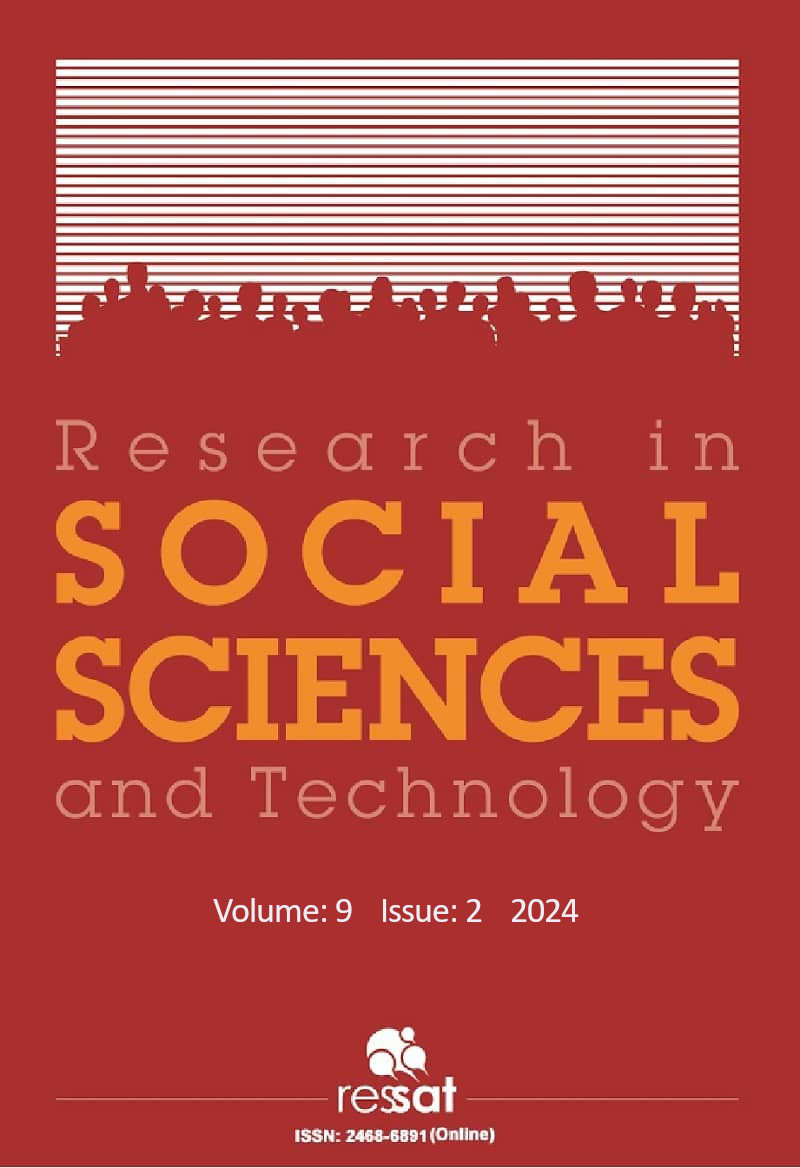Abstract
This qualitative study was conducted to investigate the instructional practices used by Engineering Graphics and Design (EGD) to teach Isometric Drawing (ID). This enquiry was necessitated by the growing concern from subject advisors and teachers about the poor performance of learners in isometric drawing. In an attempt to meet the objectives, this study adopted an interpretivist position to understand the instructional practices employed by teachers in teaching isometric drawing. This study used seven (7) EGD teachers who were conveniently selected, it is worth noting that the sample was influenced by the fact that EGD is a subject that is not common hence not many schools offer it. Data was collected through semi-structured interviews and was analyzed using a thematic analysis. Pedagogical Content Knowledge (PCK) was used as a framework that underpinned this study. Findings from this study indicated that all EGD teachers have the common understanding that ID involves converting 2d orthographic view into a 3d figure. The findings further revealed that teachers rely heavily on models, YouTube videos and AutoCAD to develop learners’ spatial ability which is a very important skill. The study recommended that there should be no teacher hired to teach EGD without being fully trained. The study further recommended that future research should be conducted on learners to get their insight on why they are performing poorly in ID.
This work is licensed under a Creative Commons Attribution 4.0 International License.


